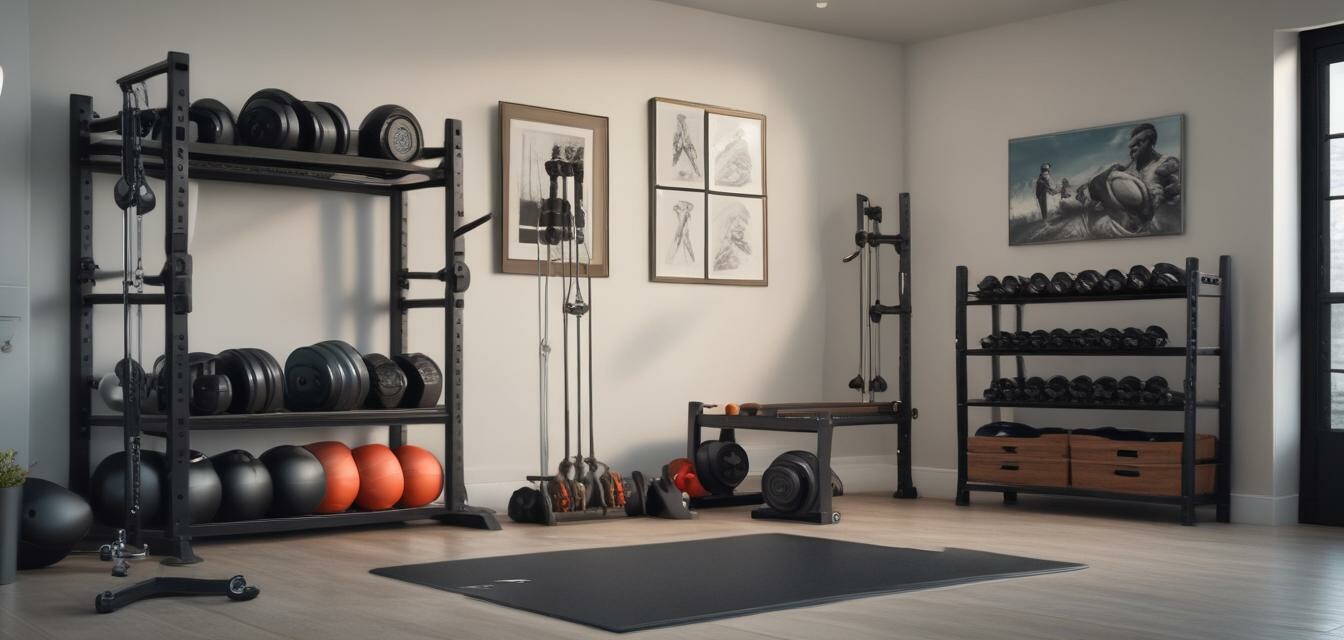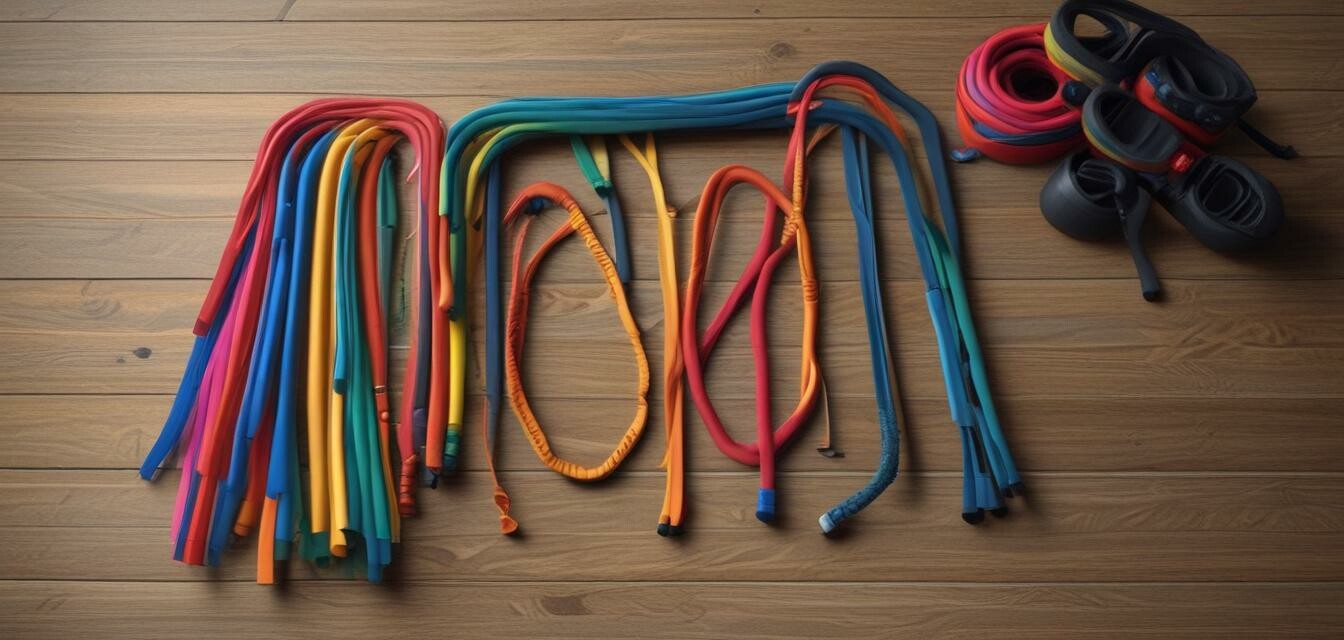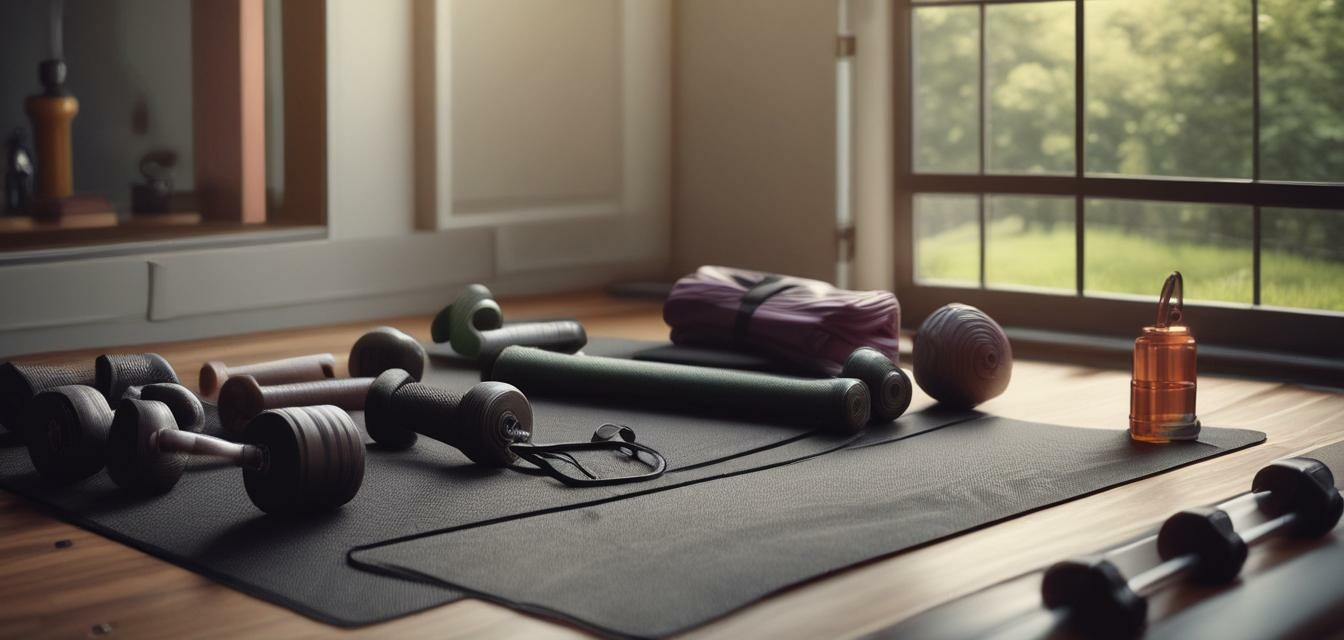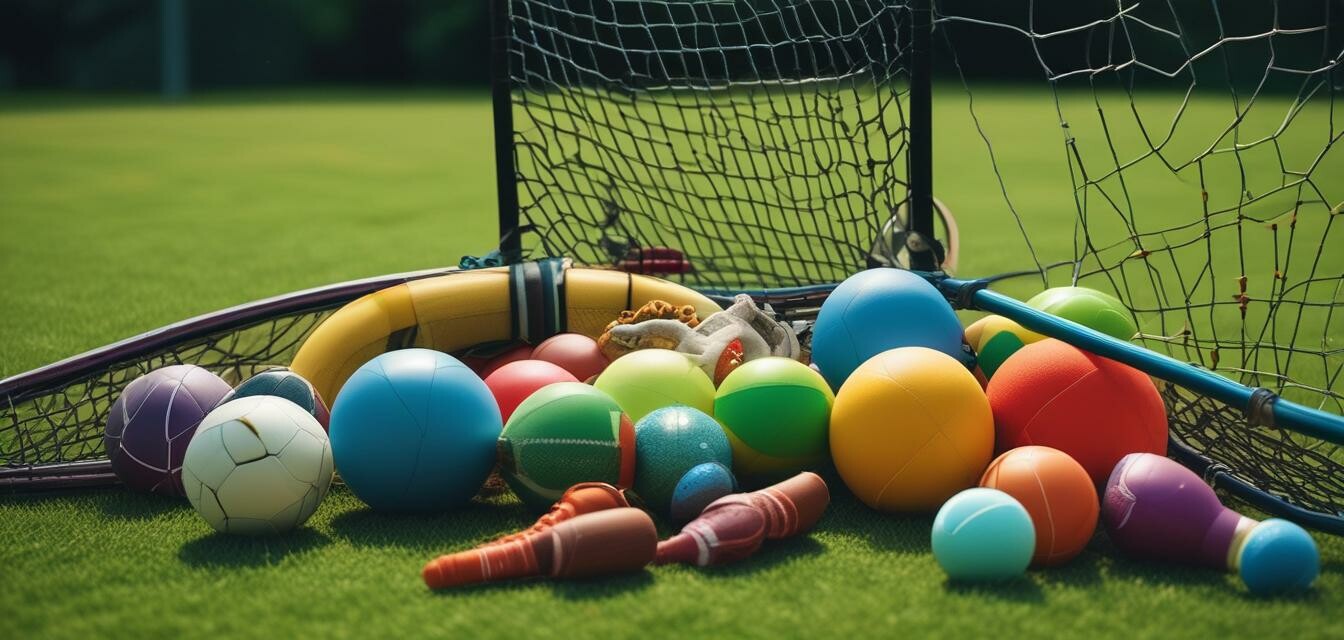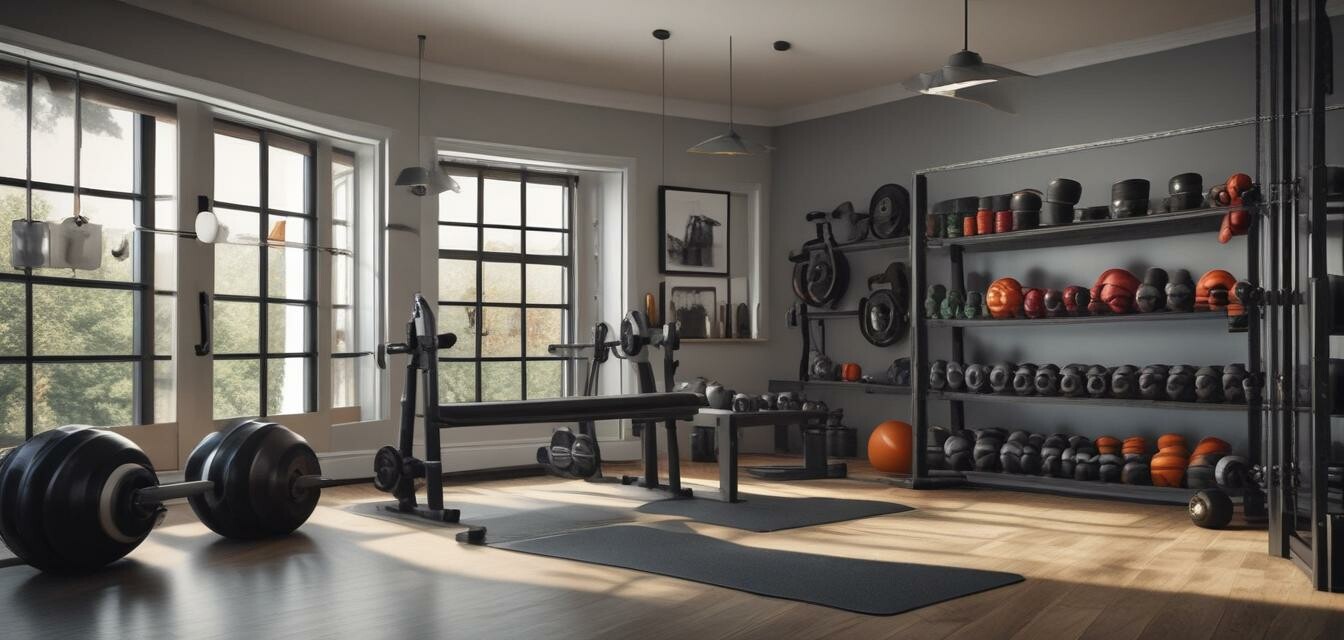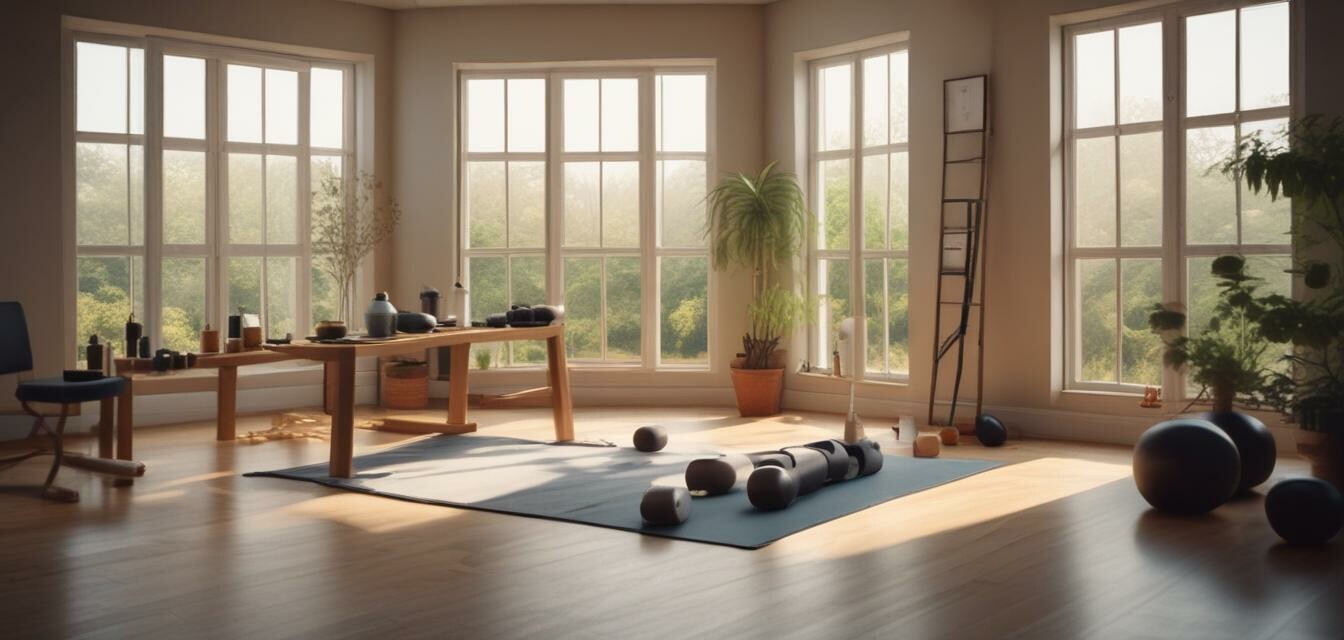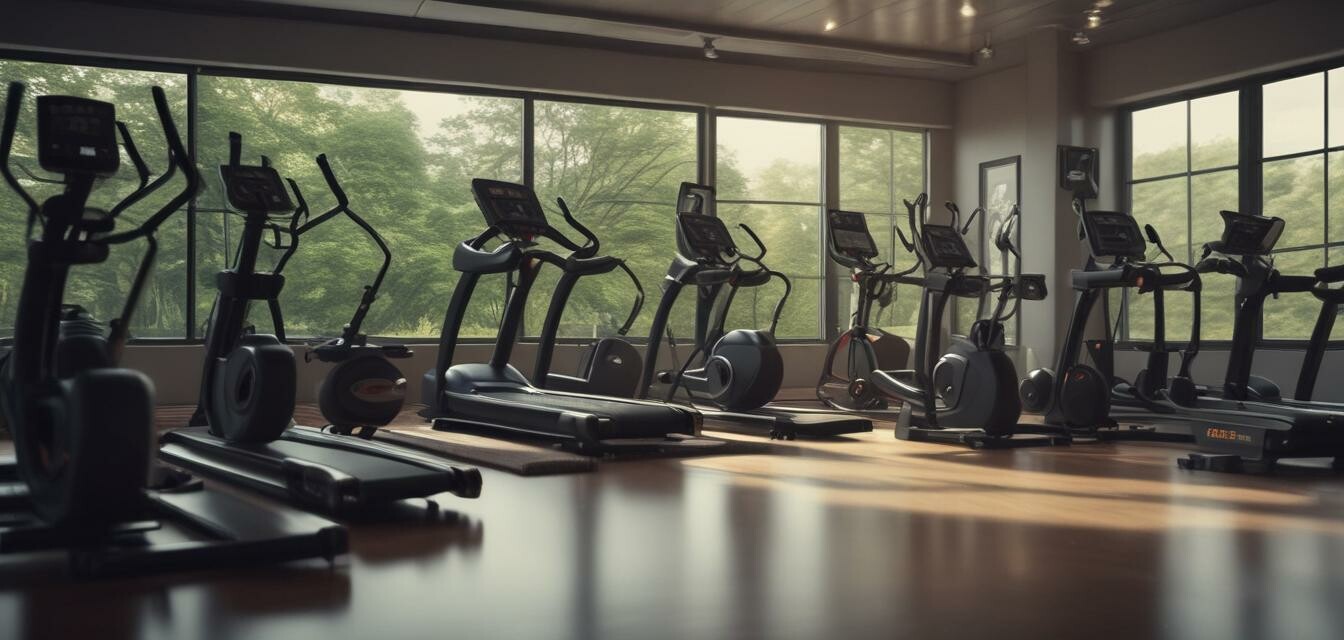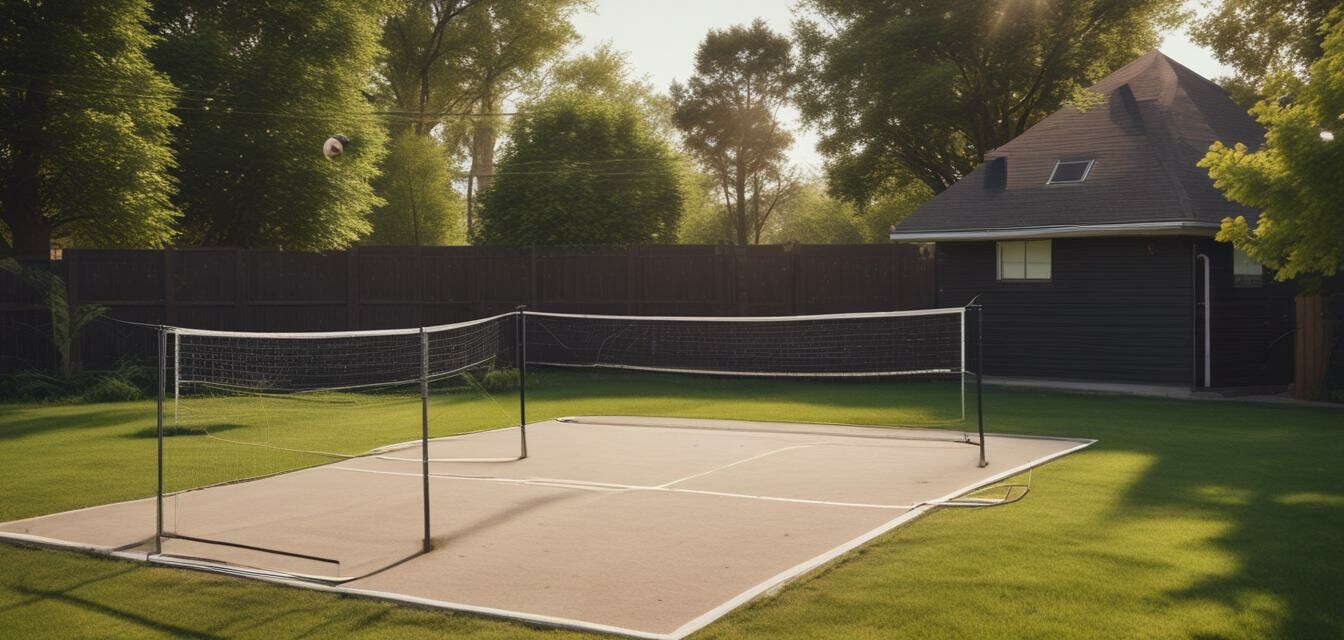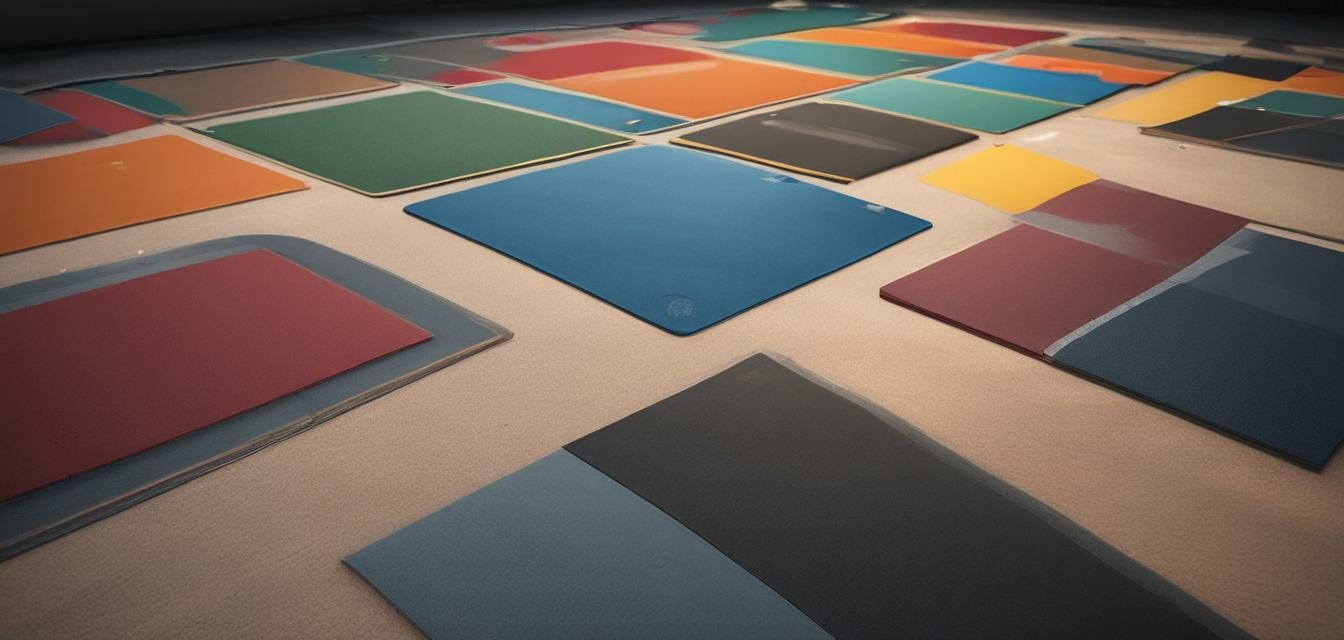
Exercise flooring options
Key Takeaways
- Choosing the right flooring can enhance safety and performance during workouts.
- Popular options include rubber, foam, carpet tiles, and vinyl.
- Consider factors such as impact absorption, ease of cleaning, and durability.
- Proper installation and maintenance can greatly extend the life of your exercise flooring.
When setting up a home workout space, the choice of flooring is as crucial as the equipment you use. The right flooring can deliver comfort and safety while accommodating various physical activities. In this article, we'll explore different exercise flooring options, their benefits, and how to choose the best type for your individual needs.
Why is exercise flooring important?
Exercise flooring contributes significantly to a safe workout environment. It reduces the risk of injury and provides necessary cushioning against falls impact. Furthermore, good flooring can enhance your workout experience by providing stability, improving traction, and making cleaning easier.
Popular exercise flooring options
| Flooring Type | Material | Ideal Use | Pros | Cons |
|---|---|---|---|---|
| Rubber Flooring | Recycled rubber | Weightlifting, Cardio | Durable, Easy maintenance, Great shock absorption | Can be heavy, Smell initially |
| Foam Tiles | Foam | Yoga, Pilates, Light exercises | Lightweight, Comfortable, Easy to install | Not suitable for heavy weights, Can wear out quickly |
| Carpet Tiles | Carpet fibers | General fitness, Dance | Warmth, Variety of designs | Hard to clean, Less support |
| Vinyl Flooring | Vinyl sheets or tiles | High-impact activities, Dance | Durable, Easy to clean, Water-resistant | Can feel slippery, May dent if heavy equipment is dropped |
Rubber flooring
Rubber flooring is a top choice for many fitness enthusiasts. Generally made from recycled tires, it offers excellent durability and is well-suited for high-impact activities. Its shock-absorbing qualities provide comfort during workouts, reducing the risk of injury.
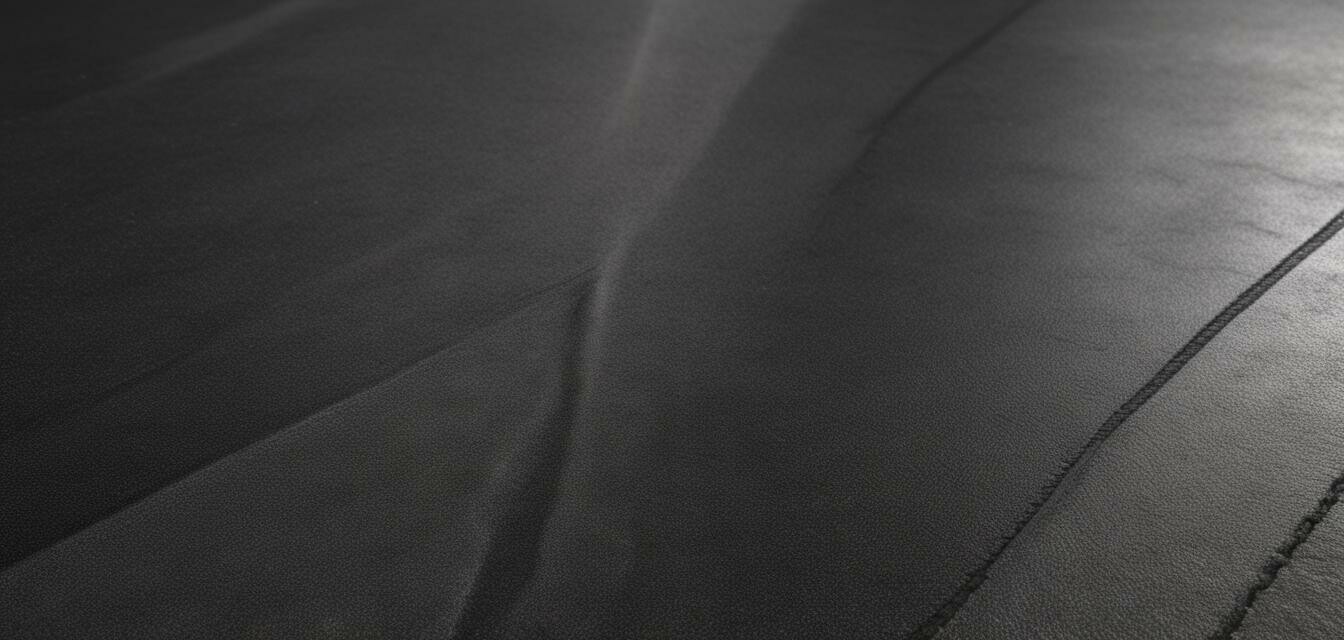
Foam tiles
Foam tiles are another popular option, especially in home gyms. They are soft and cushioned, making them ideal for activities like yoga and Pilates. They are easy to install, lightweight, and come in various colors, allowing you to customize your workout space.

Carpet tiles
Carpet tiles can offer a warm and inviting aspect to your workout space. They are great for general fitness routines and dance, providing a comfortable, soft surface. However, keep in mind that maintaining cleanliness may be more challenging compared to rubber or vinyl options.
Vinyl flooring
Vinyl flooring is another versatile choice that can be used for various workouts. Its durability and water resistance make it easy to clean, suitable for high-impact exercises such as dance or aerobics. However, it's essential to choose the right type to avoid slipping issues.
Important factors to consider when choosing exercise flooring
When selecting the right flooring for your home workout area, consider the following factors:
- Impact absorption: Evaluate how much cushioning you need based on the type of exercise.
- Durability: Different flooring materials have various lifespans.
- Ease of cleaning: Consider your maintenance preferences and available time.
- Aesthetics: Choose a design that complements your home decor.
Installation options
Installing exercise flooring can be a straightforward process, but it will largely depend on the type chosen.
| Flooring Type | Installation Method | Time Required |
|---|---|---|
| Rubber Flooring | Glue-down or interlocking | 3-6 hours |
| Foam Tiles | Interlocking | 1-2 hours |
| Carpet Tiles | Adhesive or interlocking | 2-4 hours |
| Vinyl Flooring | Glue-down or click-lock | 3-5 hours |
Maintenance tips
Proper care will help extend the life of your exercise flooring. Here are some maintenance tips:
- Regularly clean the surface to prevent grime buildup.
- Use non-abrasive cleaning solutions suitable for your flooring type.
- Avoid dragging heavy equipment across the surface to prevent scratches.
- Replace damaged tiles or sections promptly to maintain safety.
Beginners section
For those new to exercise flooring, here are some tips:
- Start with foam tiles if you’re unsure of your workout style.
- Consider how much space you have when selecting tile sizes.
- Try interlocking tiles for easy installation and removal.
- Plan your layout before installation for a seamless look.
Final thoughts
Choosing the right flooring for your home workout space is essential for safety, comfort, and performance. Whether you opt for rubber, foam, carpet tiles, or vinyl, make sure you consider your workout routine and preferences. The right flooring can significantly enhance your exercise experience, allowing you to focus on achieving your fitness goals.
Pros
- Improves safety by reducing slips and falls
- Enhances comfort for various exercises
- Easy to customize and install
- Wide variety of styles and designs available
Cons
- Some options may be expensive
- Maintenance can vary from type to type
- Installation can require time and effort
- Not all materials are suitable for heavy weights
